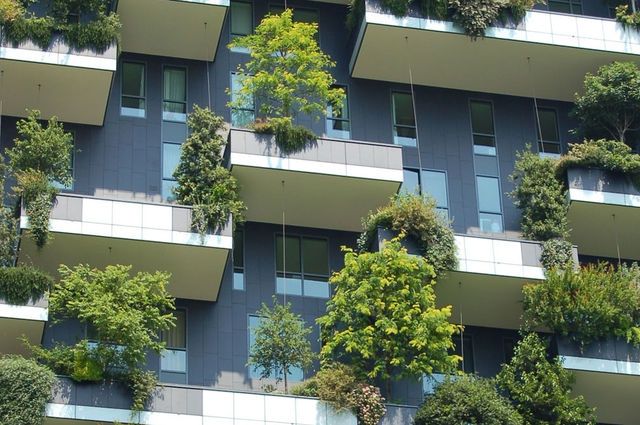Climate Emergency And The Hospitality Industry: Are We On Track?
14 experts shared their view
The hotel industry must reduce its greenhouse gas (GHG) emissions per room per year by 66% by 2030, and 90% by 2050 (see ITP, 2017). However, looking at 10 of the largest hotel companies, only one sets a goal that is in line with the science-based targets. Decarbonization has long become an integral part of risk assessment in other industries. Considering the current growth in hotel supply, the industry has already committed future carbon dioxide emissions via (often) poorly designed and air-conditioning hungry new properties. What drives the lack of commitment in the hospitality industry? What keeps developers and investors away from building a carbon-neutral future? What are the main obstacles ahead? What can the industry do better and how?
Writing on behalf of a hospitality company that set science-based targets for emissions reduction in 2017, I recognize that addressing climate change is far from simple. Despite the good progress that has taken place to improve efficiency and thus reduce emissions in the hotel industry, new challenges are emerging: an increase in energy consumption of buildings due to addition of data centers, use and charging of a multitude of devices, rising entrance of robotics and automation replacing human power with electricity, and an increase in temperatures and poor air quality resulting in higher air-conditioning and ventilation demands. For our Integrated Resorts, commitment to science-based targets provided an actionable mandate for implementation of energy efficiency measures. While we may not achieve these stringent goals, we will certainly not leave any money on the table in terms of potential electricity cost reduction and will be better positioned to offset the emerging trends that we are facing.


